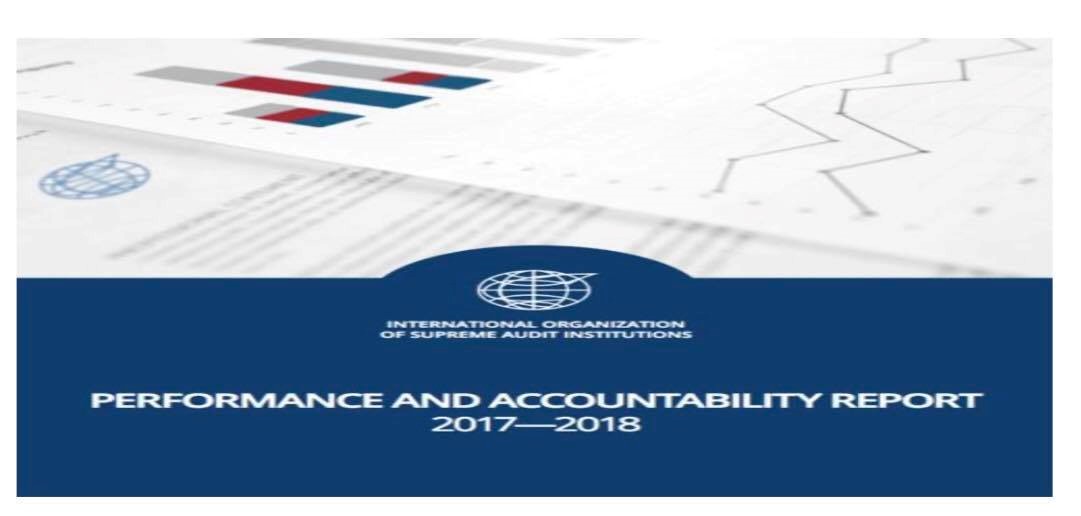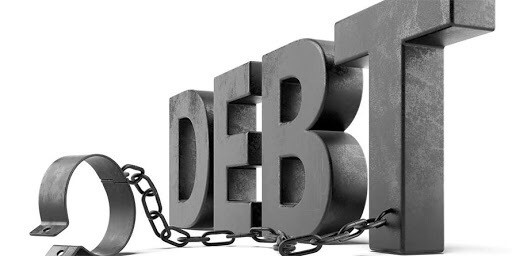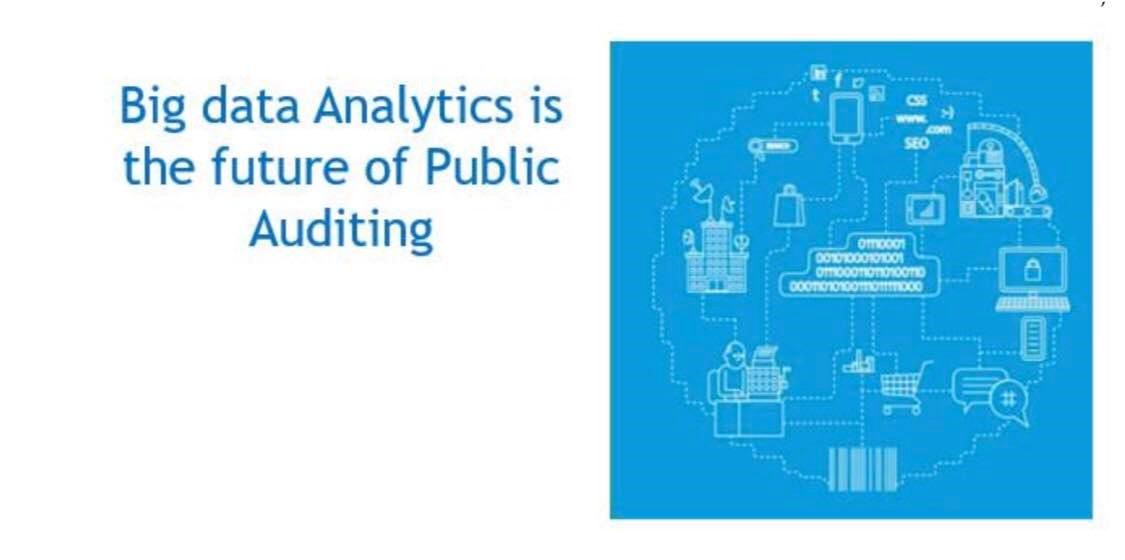
SAI Afghanistan: Changes and recent developments

INTOSAI Performance and Accountability Report (PAR 2017—2018)

The management of public debt plays a fundamental role in sustainable development of national finance. Therefore, the audit of public debt management also plays an equally important role in public debt audit activities of the SAV. By 2011, for the first time, the SAV has started and gradually introduced the audit of public debt management at Ministry of Finance as a detailed audit in the annual audit report on State budget settlement. Especially, since 2016, the SAV organized a public debt audit into an annual thematic audit. The conduct of an audit of public debt management is in accordance with international practice as well as regulations on public debt management under Vietnam’s Public Debt Management Law.

Big data and big data analytics have brought new concerns and opportunities in public auditing community.

Ms. Hu Zejun has often used the phrase, “Standing higher,” a metaphor that auditors should stand higher to better understand the overall situation and development trends—to get a better grasp of the bigger picture.

This article explores SAI stakeholder engagement and present findings from an intenational survey carried out by the National Audit Office of Estonia (NAOE). The NAOE survey, as part of the International Organization of Supreme Audit Institutions (INTOSAI) Development Initiative’s (IDI) SAI Young Leaders project, was distributed to 47 SAIs, as well as the European Court of Auditors. Thirty-eight delegates responded.

Public audit aims to enhance good governance by promoting transparency and accountability in governmental financial affairs. Throughout the audit process, identifying any weakness and gaps is crucial, particularly pertaining to legal compliance; internal control; revenue assessment and collection; budget, public procurement and project management; and service delivery. To address such deficiencies, audits present advice designed to achieve economy, eficiency and effectiveness in public resource use; however, merely providing suggestions does not meet an audit’s desired objectives. The ultimate objective— making a difference in the lives of citizens—can only occur when audited entities implement the recommendations.

Performance audits, which aim to provide citizens with new information and trace final destinations of money spent, theoretically share a common purpose with public institutions—to better serve the citizens.

Corruption and financial fraud are very challenging issues within the banking system that can infect irreparable harm to a nation’s development and growth.

Research suggests a principal cause of fraud to be a weak, limited internal control system. In Ecuador, the nation's Organic Criminal Code (COIP) addresses fraud and crimes against public administration, and the COIP considers embezzlement, illicit enrichment, bribery, and influence peddling among the primary forms of corrupt activities. These crimes, generally discovered through audit interventions and/or complaints, demonstrate the need for a robust internal control system. An internal control system aims to (1) comply with legal, technical and administrative order; (2) promote an entity’s efficiency and effectiveness; (3) guarantee information reliability and timeliness; and (4) take appropriate measures to correct control deficiencies.